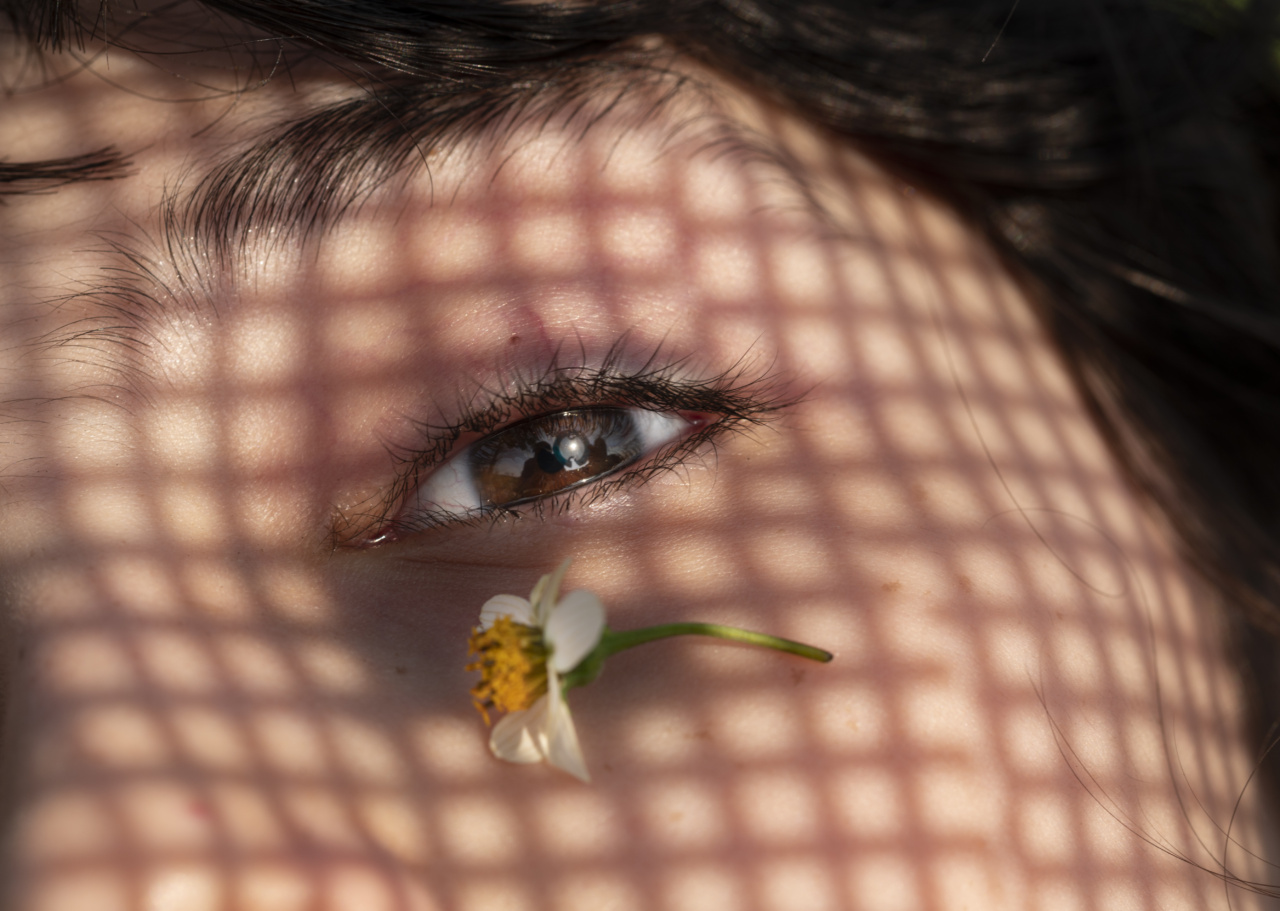Under-eye shadows, also known as under-eye circles or bags, are dark discolorations that appear under the eyes of children.
While these shadows are more commonly associated with adults, they can also affect little ones, causing parents to worry about their child’s health and well-being. In this article, we will explore the causes, symptoms, and treatment options for under-eye shadows in children.
Causes of Under-eye Shadows in Children
There can be several factors contributing to the development of under-eye shadows in little ones. Understanding these causes can help parents address the issue more effectively:.
Allergies and Sinus Congestion
Allergies and sinus congestion can lead to under-eye shadows in children. When the nasal passages become congested, the blood vessels around the eyes may dilate, resulting in dark circles.
Allergens, such as pollen or pet dander, can trigger an allergic reaction in sensitive children, leading to under-eye shadows.
Inadequate Sleep or Rest
Young children require sufficient sleep for their overall health and development. Inadequate sleep or rest can cause the blood vessels under the eyes to dilate, resulting in dark circles.
It is essential to ensure that your child is getting the recommended amount of sleep for their age.
Genetics
Sometimes, under-eye shadows can be hereditary. If there is a family history of dark circles, it increases the likelihood of a child developing them as well.
In such cases, managing the appearance of under-eye shadows may require a combination of lifestyle changes and targeted treatments.
Anemia
Anemia, a condition characterized by a deficiency of red blood cells, can contribute to under-eye shadows in children.
When the body lacks sufficient iron, it can affect the oxygen-carrying capacity of the blood, leading to a bluish appearance under the eyes.
Dehydration
Inadequate hydration can cause the skin under the eyes to appear darker. Encouraging your child to drink enough fluids throughout the day can help maintain proper hydration levels and potentially reduce the appearance of under-eye shadows.
Treatment Options for Under-eye Shadows in Little Ones
While under-eye shadows in children are typically harmless and temporary, parents can take several steps to manage and improve their child’s appearance:.
Ensure Adequate Sleep
Establishing healthy sleep routines and ensuring that your child gets enough sleep is crucial. The National Sleep Foundation recommends the following guidelines for children:.
- Newborns (0-3 months): 14-17 hours
- Infants (4-11 months): 12-15 hours
- Toddlers (1-2 years): 11-14 hours
- Preschoolers (3-5 years): 10-13 hours
- School-age children (6-13 years): 9-11 hours
- Teenagers (14-17 years): 8-10 hours
Manage Allergies
If your child has allergies, identifying and avoiding triggers can help reduce under-eye shadows. Consult with a pediatrician or allergist to determine the best course of action, which may include allergy testing, medications, or lifestyle changes.
Promote a Healthy Diet
A well-balanced diet can help address nutritional deficiencies that may contribute to under-eye shadows.
Ensure that your child is consuming adequate amounts of iron, vitamin C, vitamin K, and other essential nutrients by incorporating a variety of fruits, vegetables, lean proteins, and whole grains into their meals.
Encourage Hydration
Make sure your child drinks enough water throughout the day to maintain hydration. Depending on their age and activity level, the daily water intake recommendation for children generally ranges from 5 to 8 cups.
Topical Treatments
There are various topical treatments available over-the-counter that may help reduce the appearance of under-eye shadows in children. Look for products that are specifically formulated for children and indicated for dark circles under the eyes.
It’s essential to follow the instructions and consult a pediatrician if you have any concerns.
When to Seek Medical Advice
In most cases, under-eye shadows in children are not a cause for concern.
However, if your child experiences persistent or severe dark circles, accompanied by other symptoms such as pain, swelling, or vision changes, it is advisable to consult a healthcare professional. They can help determine if there is an underlying medical condition contributing to the under-eye shadows.
Conclusion
Under-eye shadows in little ones can be distressing for parents, but they are often temporary and harmless.
By understanding the causes and implementing appropriate lifestyle measures, parents can help manage and improve the appearance of under-eye shadows in children. However, if concerns persist, consulting a healthcare professional is always recommended to ensure the child’s wellbeing.





























